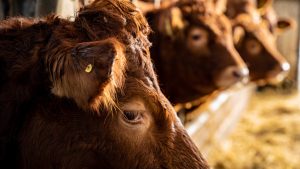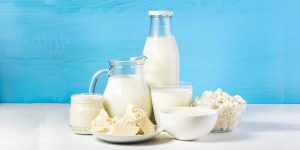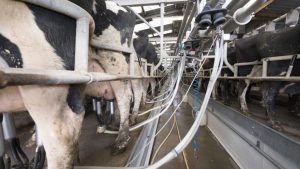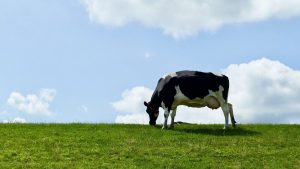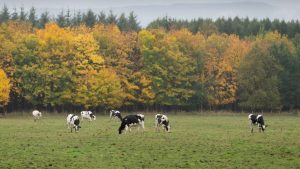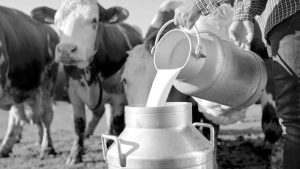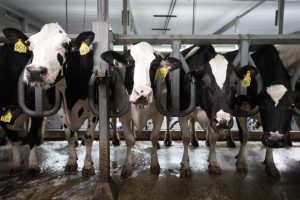
Taking into consideration the uncertainty surrounding prices and availability of key inputs, as well as their impact on cash flows, AHDB mapped five scenarios for the 2022/23 season. Results suggested production could fall between 0.8% and 5.3%.
Last month, AHDB published a baseline forecast that set production for 2022/23 at a 0.8% reduction on the previous season. This has now been updated to reflect the latest range of scenarios, which were mapped based on changes to feed, cull cow and farmgate prices as well as retention rates.
“Access to key agricultural inputs and feed ingredients have been severely affected by the war in Ukraine, which is forcing decisions to limit production,” said Patty Clayton, AHDB dairy analyst. “The current uncertainty makes forecasting milk production for the upcoming season an even trickier task than normal, but we know it’s going to be a tough year for farmers.”
Robert Craig, vice chair of the Royal Association of British Dairy Farmers, predicted “the big shock is going to come after we get through the spring peak”. Come mid-summer, when farmers “start typically feeding cows more”, a rise in fertiliser prices for grazing pastures was “probably going to impact the industry more”.
The analysis from AHDB comes after Defra’s UK average farmgate milk price for February stood at an all-time high of 35.8ppl, up 1.2% on the previous month. This figure is expected to rise further after AHDB publishes its latest pricing analysis in April. The board’s current figures show farmgate milk prices rising from between 0.34ppl and 4.72ppl at the start of April, with major retailers increasing farmgate prices by as much as 19.6%.
Nevertheless, Michael Oakes, NFU dairy board chair, said: “Rapid inflation of input costs, with fertiliser prices rising four-fold, animal feed rising by 70% and fuel costs continuing to soar mean, for most dairy farmers, the cost of production is much higher than the price they are currently receiving for their milk.”
The UK’s shoppers “hugely value the high-quality, sustainable dairy products farmers produce” he added. “Farmers are not responsible for setting the price of milk for the public, so, we’re asking for fairness across the whole supply chain to manage these inflationary pressures and ensure farmers are being supported through these challenging times.”
But even if prices increase, the lack of production could still lead to gaps on shelves, Craig warned. “The liquid market will have to match export returns if they want to secure supply. So, retailers will have to pitch their price appropriately to prevent milk product from being exported. Everybody is reasonably aligned on the opinion that there is going to be less milk around, certainly in the short term.”




